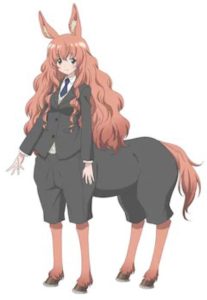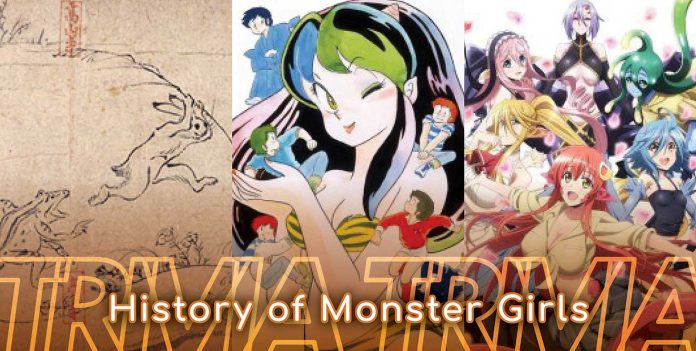
Today’s blog will cover the topic of “Monster Girls” and their recent resurgence in anime and manga. Further to that, we’ll also list some “Monster Girl Sexual Awakening Confessions” by Japanese Twitter.
Brief History of Monster Girls
The Monster Girl character has existed in the manga/anime sphere since the very beginning of manga. Two famous Monster Girls who paved the way for the genre would be “Ramu” from “Urusei Yatsura”, and “Neko Musume” from “GeGeGe no Kitaro”.

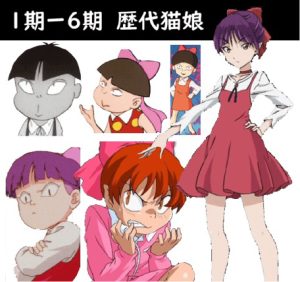
Ramu on the left and the various iterations of Nekomusume over the years on the right.
Interesting Trivia
One of the “first ever Manga created” is called the Chōjū-giga (鳥獣戯画 = “Animal Caricatures”) and is a textless story of animals behaving like humans. The Chōjū-giga was created in the 12th Century, so you can say that Japanese furry culture started over 900 years ago!
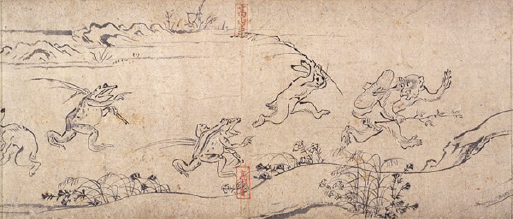
The Resurgence of Monster Girls
While Monster Girls continued to make appearances in different works over the years, there was a strong resurgence in 2012 with the release of Okayado’s “Monster Musume” series. Monster Musume did really well both in Japan and overseas.
Following the release of Monster Musume, the genre also saw the introduction of new series like “A Centaur’s Life” and “Nurse Hitomi’s Monster Infirmary”. Unlike Ramu and Nekomusume, the newer generation of Monster Girls have more pronounced “nonhuman features”. While Ramu and Nekomusume were “monster girls”, their design made them look human most of the time. Save for small differences, aesthetically-speaking, they didn’t really challenge viewers out of their comfort zones.
The appeal of nonhuman characters
Manga Historian Akira Kobayashi credits the trope of “Monster Girls finding love” as the reason for their increased popularity. He goes on to say that “These girls have a disadvantage because of the way they look. Their appearance is their biggest complex, and much of the story is about them overcoming their complex. And we end up rooting for these underdogs and start seeing them as the adorable individuals that they are.”
Mikio Ikai, the editor for Monster Musume, added that the majority of readers of Monster Musume were the “gamer generation” under the age of 40. He claims that those who played games like Final Fantasy and Shin Megami Tensei, grew up with attractive-looking nonhuman characters like Harpies and Lamia, and are much more embracing of nonhuman characters. He believes that many of these gamers probably had their sexual awakening from these Monster Girl characters in games.
And in recent years, series like Interspecies Reviewers and Umamusume are further spreading the genre’s popularity.
Japanese Twitter and their Monster Girl Sexual Awakening
A lot of westerners talk about Lola Bunny or Nala, from Lion King, being their sexual awakening to nonhuman characters. When Japanese Twitter had the hashtag 「#あなたが人外好きに嵌った理由」(#whatwasyourmonstergirlawakening), netizens chimed in to talk about characters that enlightened them to the allure of nonhuman characters. While many Twitter users credited Okayado’s Monster Musume, there were other interesting answers as well.
- Holo from Spice and Wolf
- Morrigan and Hsien-Ko from the Darkstalkers series

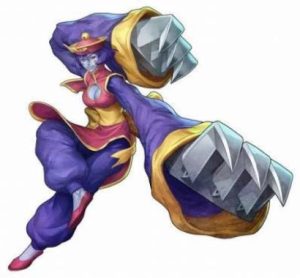
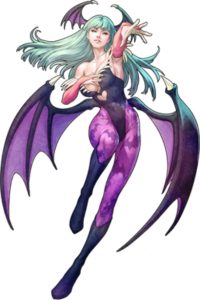
- Lopunny and Gardevoir from Pokemon

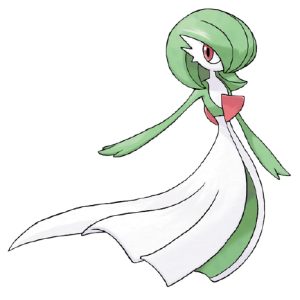

- Princess Ruto and Midna from Legend of Zelda
- Robots from Medabots
Do you have a Monster Girl/Guy sexual awakening experience? Or a particular character that introduced you to the nonhuman genre? Let us know in the comments section!
We hope you enjoyed this article about Monster Girls. If you want to see more Monster Girls and Guys, click here to see our full collection of non-human characters!
You can also read other interesting posts about Japan here.












